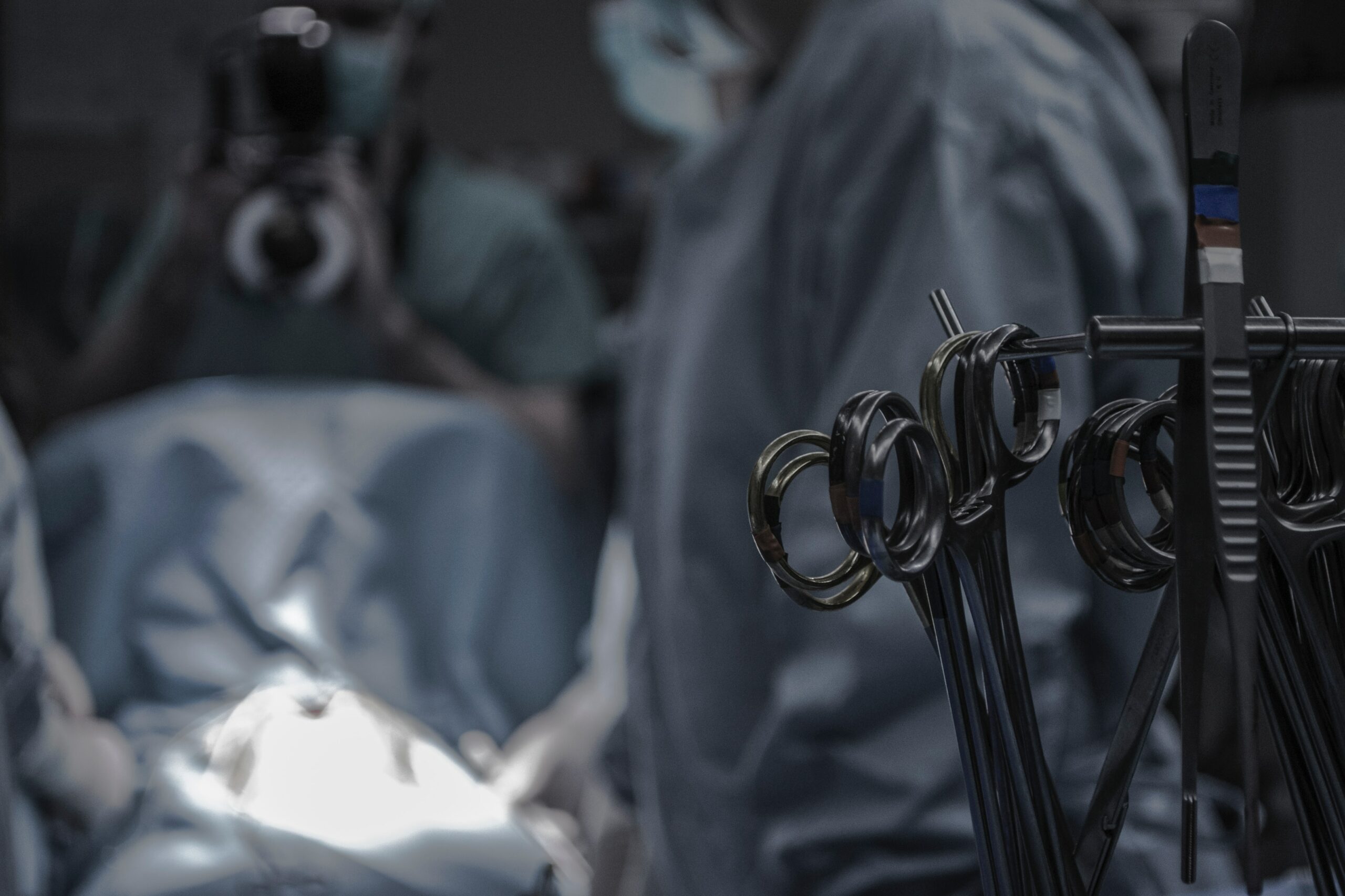Men and women with non-muscle invasive bladder cancer can often be treated with transurethral resection (TURBT) and a urinary diversion. Surgically creating a new way for urine to store and leave your body eliminates the tumor and preserves bladder function.

Surgical factors significantly influence postcystectomy survival and local recurrence. Univariate analysis of patient and tumor variables that were associated with recurrence included age, pathologic stage (pT stage), node status, operative margins, soft tissue margins, type of surgeon (general urologist v urologic oncologist), and type of institution.
Laser En Bloc Resection
Thulium laser en bloc resection of bladder tumors (TmL-ERBT) has recently gained attention as a potential alternative to classical transurethral resection of non-muscle-invasive bladder cancer (NMIBC). This technique allows for the complete removal of the lesion, including the underlying detrusor muscle, and improves pathological assessment. It also decreases the risk of residual disease and improves the quality of the specimen, reducing the possibility of scattering tumor cells during surgery.
Jeremy Teoh, MD, PhD, FRCP, and Wei Shen Tan, MD, PhD, discuss a new study that compared en bloc resection to traditional TURBT in patients with NMIBC less than 3 cm in size. Interestingly, this multicenter randomized controlled trial found that en bloc resection resulted in significantly lower one-year recurrence rates than conventional resection.
However, despite the potential benefits of this approach, some challenges remain. Firstly, there are different protein expression patterns between tumors in the same patient, which makes it difficult to select the most appropriate molecular fluorescent agent for optical molecular imaging-assisted en bloc tumor resection. Secondly, there is a need to further develop and evaluate the safety of this procedure, in particular for lesions located on the dome of the bladder or at the anterior or posterior wall of the bladder. This is an important consideration since the number of these lesions in NMIBC is increasing.
Minimally Invasive Surgery
The surgical management of urologic cancers has entered a new, technology-driven era. This era is characterized by the use of advanced diagnostic and prognostic tools that allow for more precise surgical planning and techniques that minimize postoperative patient morbidity. This has translated to a more tailored approach to surgical management that provides patients with the optimal balance of therapeutic efficacy and quality of life.
For example, some people with bladder cancer are good candidates for a minimally invasive procedure called local excision (also known as polypectomy). This surgery involves inserting a thin, flexible tube into your urethra and guiding it into the bladder. If the doctor sees cancerous tissue, tools inserted through the tube can remove it or burn it off using an electric current. This is a very effective option for removing precancerous polyps and many early-stage, low-grade, or non-invasive tumors.
If the cancer is in a later stage or has spread beyond the bladder lining, it may be necessary to remove your bladder. Traditionally, this has involved an open operation involving a large incision in the abdomen and pelvis. However, urological surgeon Melbourne is experienced in a wide range of minimally invasive techniques that can help improve your urinary function and quality of life after the removal of your bladder.
If your bladder is removed, doctors must create a new way for you to store and empty urine. The most common way is to make a conduit by using a small section of your intestine. This connects your ureters (tube-like structures that carry urine from the kidneys to your bladder) to an opening in your abdomen called a stoma. You then collect the urine in a plastic receptacle, often worn under your clothing, called a urostomy pouch.
Minimally Invasive Robotic Surgery
Surgeons are trained to perform minimally invasive robotic surgery to treat cancerous and noncancerous conditions of the kidney, prostate, bladder, ureter, ovaries, fallopian tubes, uterus, colon, stomach, and head and neck. These procedures involve smaller incisions, less blood loss, and shorter hospital stays than traditional open surgeries.
With robotics, your doctor can see a larger field of view than he or she would with conventional surgical instruments. This allows for more precise movements and a magnified image on the screen, which leads to fewer complications and a quicker recovery.
Many urologists offer a variety of surgical options, including partial cystectomy to remove the tumor while leaving some of the muscle wall of the bladder and prevent future cancerous growth, or radical cystectomy to remove the entire bladder and reduce the risk of cancer returning in another area of the body. Depending on the type of tumor, our doctors may also remove lymph nodes, part or all of the ureters, the prostate gland, and sometimes the ovaries and uterus.
While robotic surgery offers many advantages, it is not without risks. There is a small but not negligible number of fatalities associated with robotic systems. This is true of most surgical techniques, but the higher number of deaths reported with robotics compared to other minimally invasive procedures such as laparoscopy suggests that surgeons who use these systems need to have more experience and better training than those who do not.
Minimally Invasive Endoscopic Surgery
Our surgeons have expertise in minimally invasive surgery, which uses specialized tools and small cuts (sometimes called “keyhole” cuts) instead of larger ones. Our surgeons use these to explore, remove, or repair the problem inside your body without opening your chest or abdomen.
During this procedure, we guide a thin medical tube into the urethra (the natural channel that leads from outside your body to the bladder) and into the bladder. A camera on the end of the tube enables us to see inside your body and take measurements. We then use laser rays or electrical currents to target and destroy tumor cells and abnormal tissues. This is the most common surgery for early-stage bladder cancer Melbourne.
If the cancer has spread from the bladder to nearby lymph nodes, we remove these and send them to a pathologist for examination. If the bladder has to be removed, we can rebuild your urinary tract with an ileal conduit or artificial bladder. An internal pouch made from a section of your intestine drains urine into a bag in the abdomen, and about 90 percent of people regain normal urinary control.





